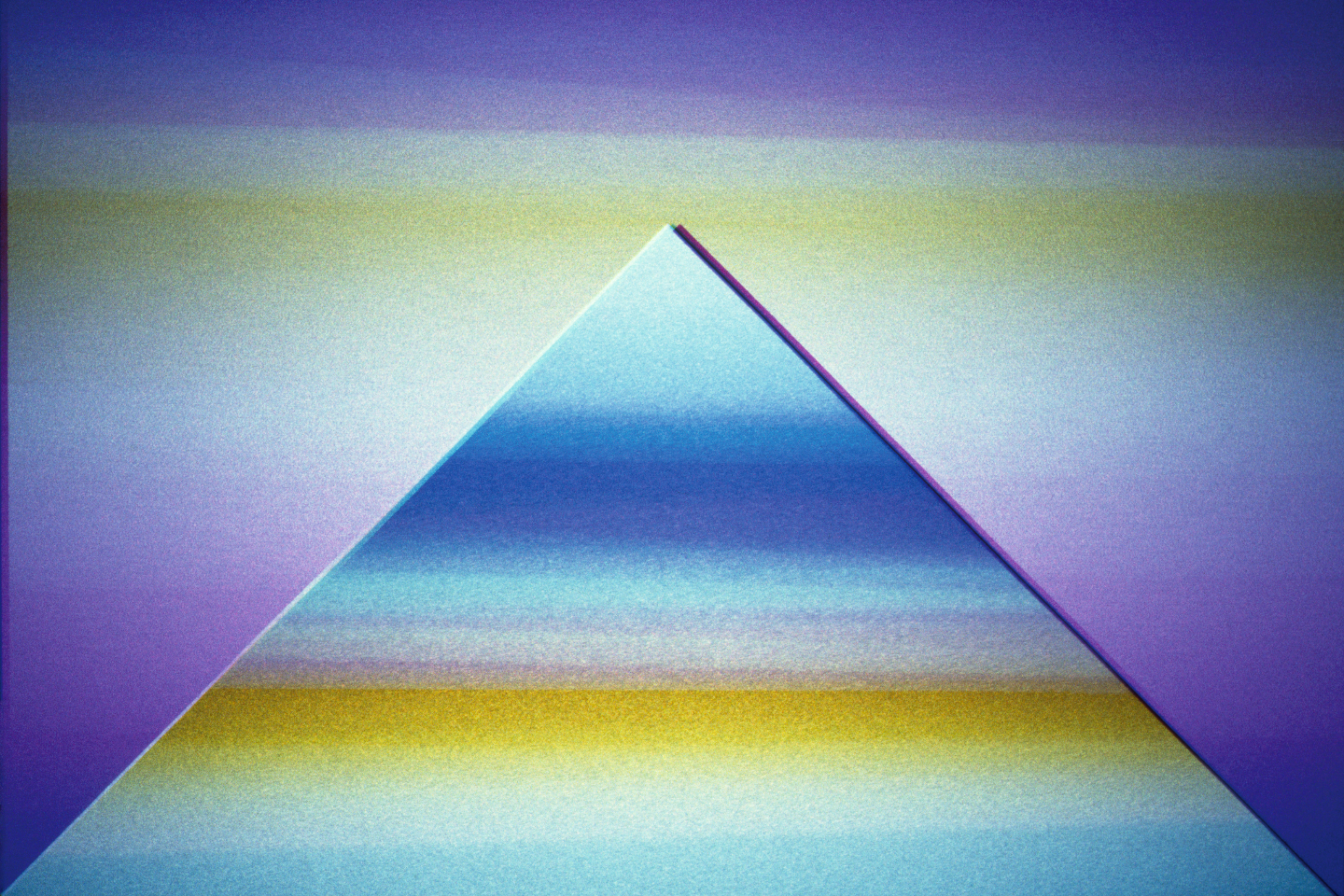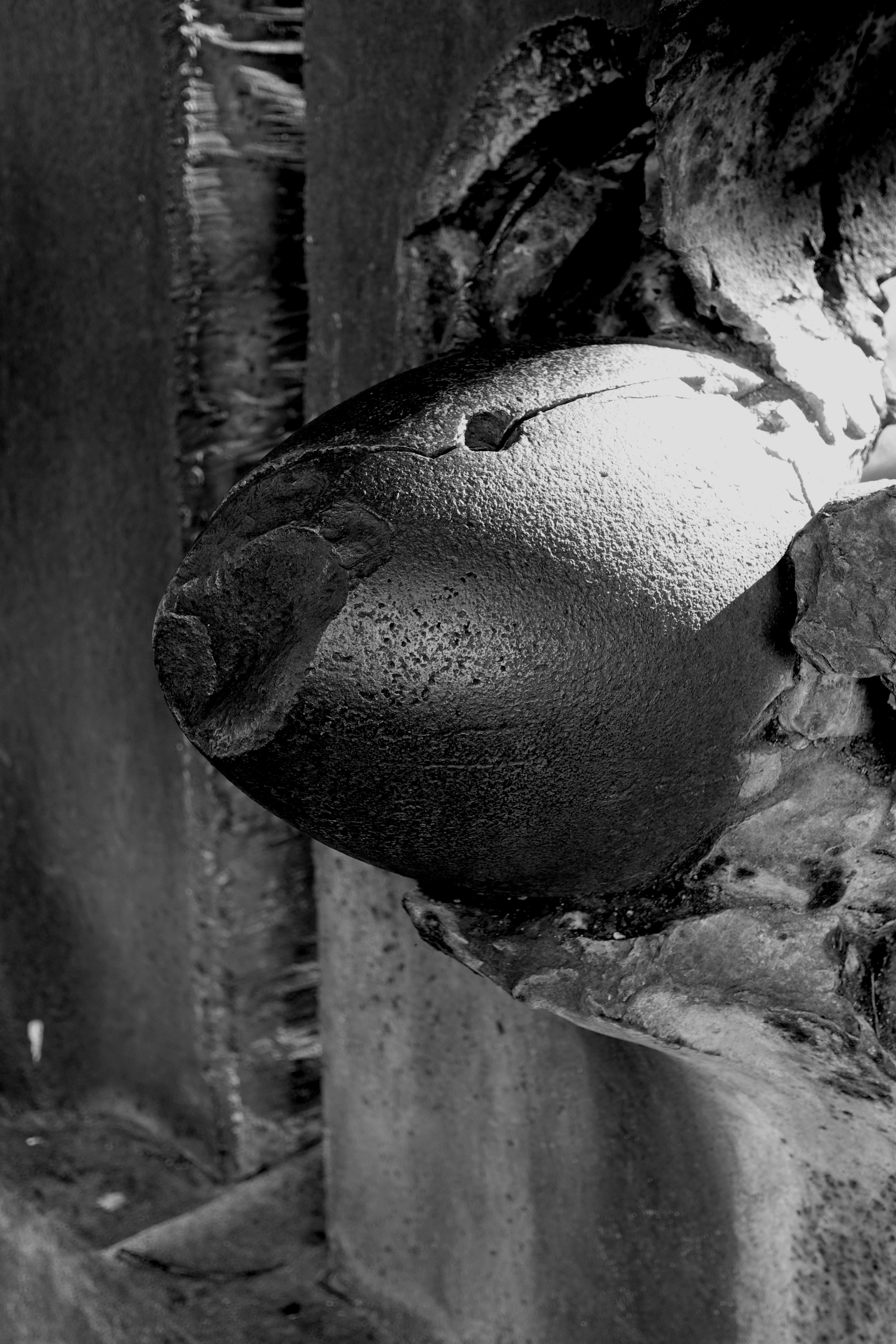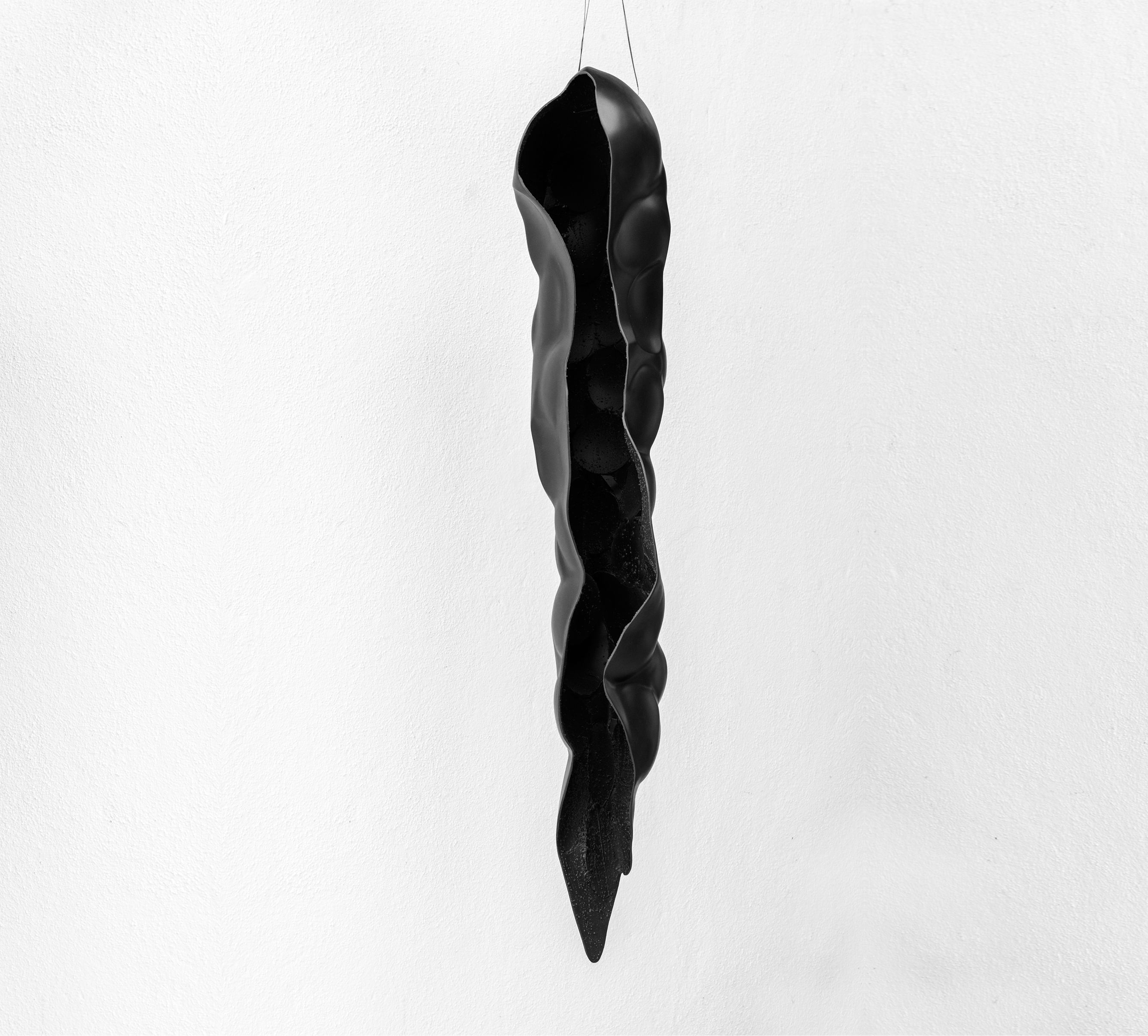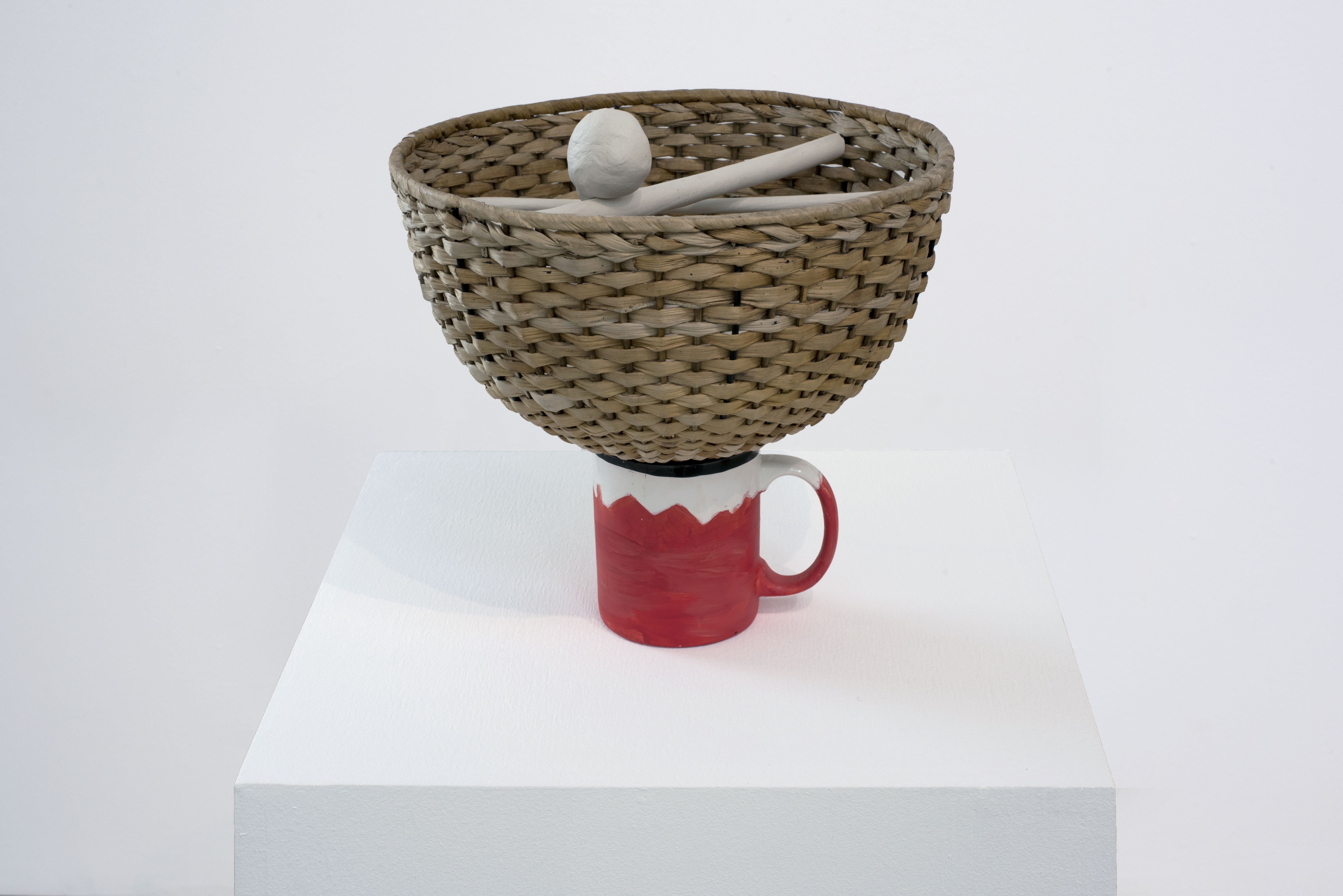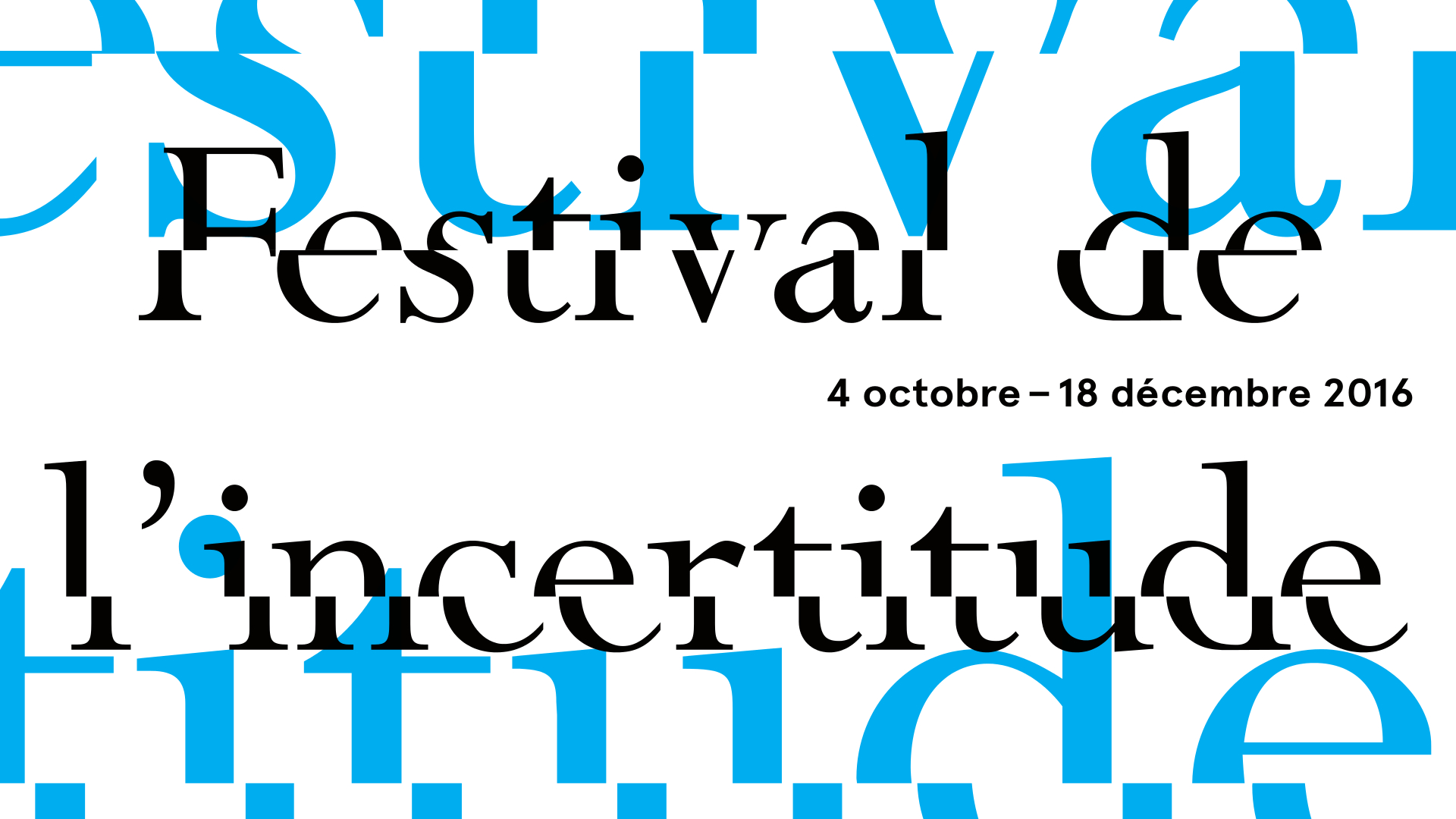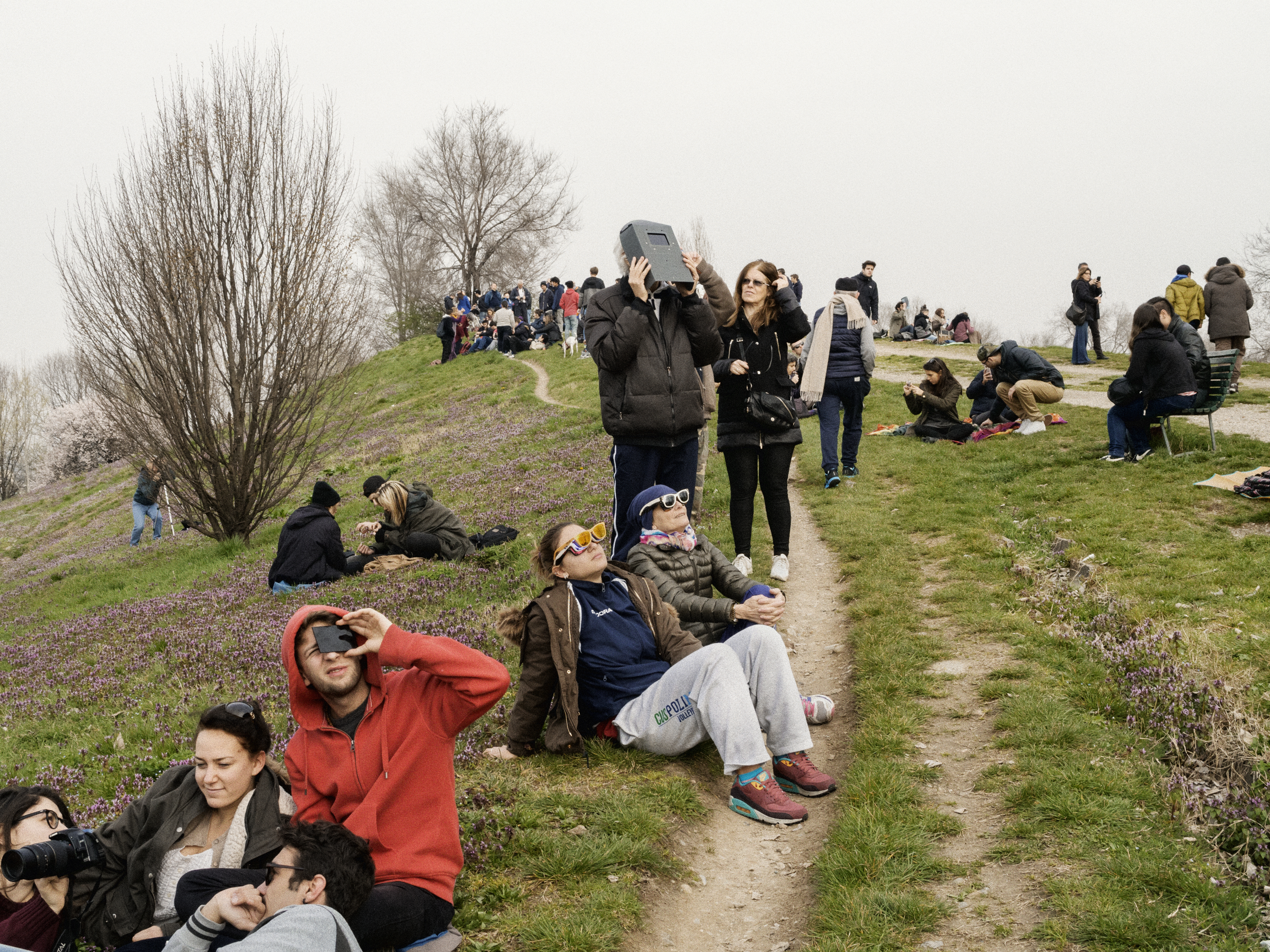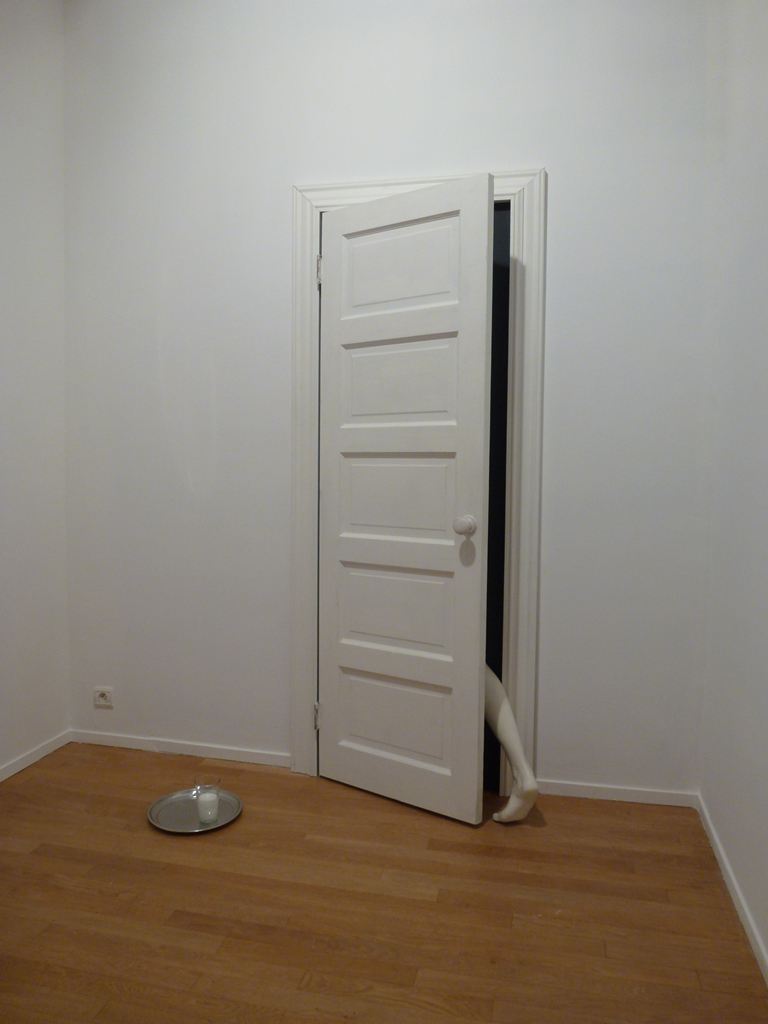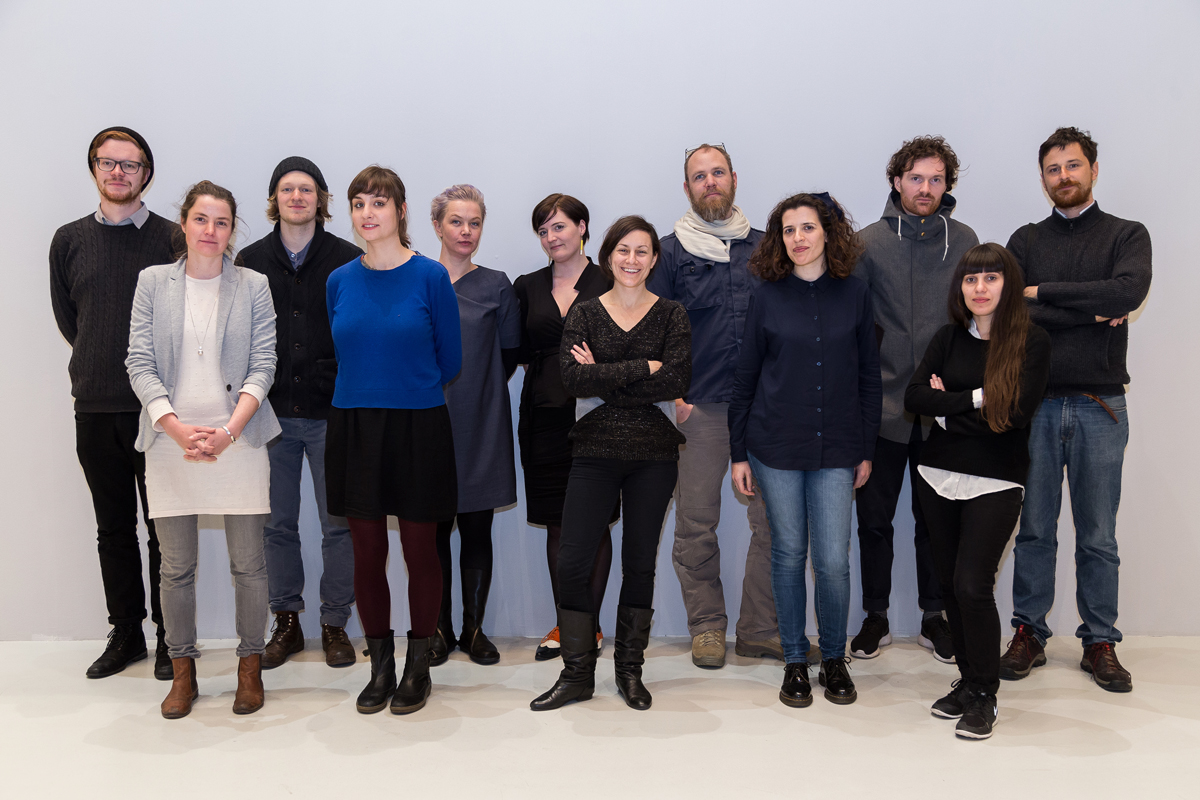La couleur et le grain noir des choses
(The color and black grain of things)
January 25–April 16, 2017
54 Bd Raspail
75006 Paris
France
Hours: Monday and Wednesday–Friday 9am–6pm
Saturday–Sunday 11am–6pm
calouste@gulbenkian-paris.org
For the first time in France, the Calouste Gulbenkian Foundation in Paris presents an exhibition dedicated to the Portuguese artist Ângelo de Sousa (Lourenço Marques, 1938–Porto, 2011).
Having begun exhibiting in 1959, including international occasions in Madrid, London, at the Venice Biennale and the São Paulo Biennale, his work has primarily been seen and appreciated in Portugal. His body of work is diverse and prolific ranging from painting, to sculpture, installation, photography, video, printmaking and drawing. The selection made for this exhibition focuses above all on painting and photography. This choice was difficult and even drastic considering the artist’s imposing body of work, the fact that he tended to work in series, experimenting with varied media, formats and scales, without excluding any genre or style, if these notions are still meaningful beyond their strictly historic and contextual sense.
Indeed, Ângelo de Sousa made figurative and non figurative work, photography in documentary and abstract styles, merging the geometric and the organic, small sculptural work as well as large installations, using raw and refined materials, capturing banality as well as conceiving complex objects, it was therefore quite impossible to show the full scope of his research and findings. The chosen period—the last 40 years in the artist’s production—reveals Ângelo de Sousa’s constant inventiveness which paid great attention to formal questions without ever being formalist, interested as he was in the materiality and corporeality of things and beings, in their negative, poor or sad aspects as much as in their triumphant, lively and joyous aspects. Even if the artist didn’t necessarily explicitly seek an approach through a play of contrasts or opposites, it seems that his overflowing imagination, which was always searching for new forms, new experiences and elaborate as well as simple experimentation, constantly conjures up the formal nature of his processes as well as the physical relation of the person experiencing the work with strong impressions of insistence as well as transience.
